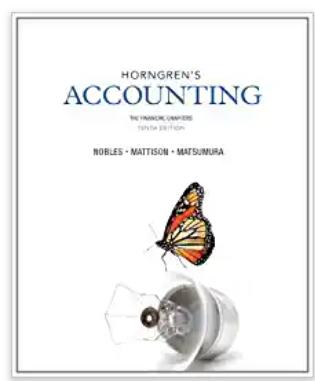Question
DELAWARE COMPANY ...... produces yarn made from imported wool. It is done in three processes: processing, spinning and finishing. Raw wool is processed, spun, and
DELAWARE COMPANY ...... produces yarn made from imported wool. It is done in three processes: processing, spinning and finishing. Raw wool is processed, spun, and finished before being shipped out to knitting and weaving companies. In the processing department, material is added in the beginning of processing, and conversion costs are added evenly throughout processing. The company uses normal costing to apply overhead to production. In the Processing Department (the first department), they began the month of August with 10,000 units in process which were 70 percent complete regarding to conversion (labor and overhead). It started 70,000 units into production during the month of August of which 20,000 remained in ending Work in Process inventory which were 40 percent complete regarding to conversion costs. The cost data for the Production Department is as follows: MAT'L CONV TOTAL BWIP $10,000 $3,500 $13,500 CURRENT ADDED 126,000 30,500 156,500 TOTAL COSTS $136,000 $34,000 $170,000
1. Answer the following questions: a) What is process costing? What are the typical characteristics of a company that should use a process costing system? b) What is meant by the term "continuous processing"? Give an example. c) What are the primary differences between job costing and process costing? d) What is an equivalent unit? Why is it necessary in process costing? Why don't we use equivalent units in job costing? Why not just physical units? e) Why is it necessary to compute separate per-unit costs for materials and conversion costs? 2. Complete the production cost report for the month of August using the FIFO method, as follows: a) Reconcile the physical units (units to account for and units accounted for). b) Why do you think it's important for a business to reconcile the physical units in (a) above if we're going to do the rest with equivalent units? c) Determine TOTAL costs to account for. d) Which costs will be traced? Which costs will be the "blob(s)" which will be allocated and form the cost pool(s)? e) Compute the allocation base - the equivalent units of production for both materials and conversion f) Compute the allocation rate - the cost per equivalent unit for both materials and conversion g) Determine the cost of goods transferred and ending work-in-process inventory 3. Make the appropriate journal entries for the following events: a) Record raw materials used b) Record conversion costs incurred (assume $4,500 in direct labor and $26,000 of overhead). c) Record cost of goods completed and transferred. 4. In the case above, how would the cost per unit be different if beginning WIP inventory for the month was only 50% complete, instead of 70%? (continued on next page)
5. NOW ASSUME that there was no BEGINNING WIP at the start of August; that is, assume that all 80,000 of the units worked on were started in August, (including the 10,000 of BWIP). (You can do by physically changing the 70,000 to 80,000 or putting a completion of 0% next to the 10,000 in BWIP). This means all costs shown above, including the $13,500 - were also incurred in the current period - August. Repeat requirement 2 using this assumption. a) What were the new costs per unit? b) Why was this different? c) Is this an okay assumption to make? It sure is a lot easier! Explain why or why not. In what kind of situations might you choose to?
Step by Step Solution
There are 3 Steps involved in it
Step: 1

Get Instant Access to Expert-Tailored Solutions
See step-by-step solutions with expert insights and AI powered tools for academic success
Step: 2

Step: 3

Ace Your Homework with AI
Get the answers you need in no time with our AI-driven, step-by-step assistance
Get Started


